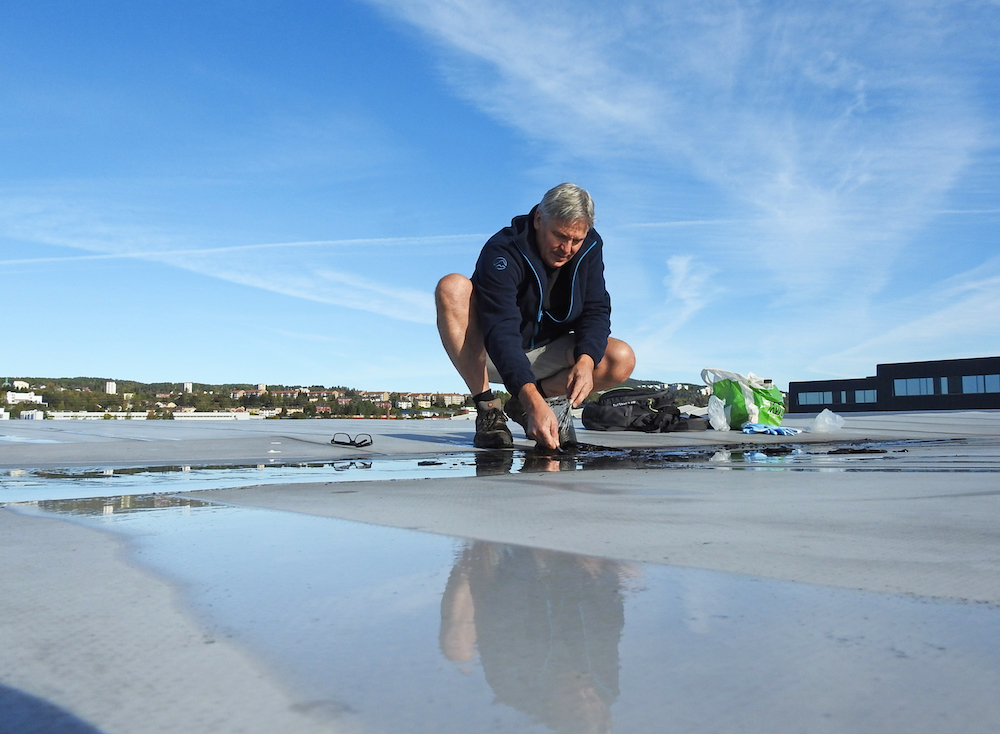Originally posted by eannis6
View Post
Announcement
Collapse
No announcement yet.
Lab Verified Barred Olivine Micrometeorite
Collapse
X
-
Where did you find this . Was it on the ground ? Were you metal detecting . I would never be able to tell the differace here in Hawaii . It all looks like lava rock . How did you know ?
- Likes 1
-
Congrats to you. I wish I could do the same, having collected meteorites, with my wallet, lol, since 1983. Here is a page that will help our members better understand what you accomplished:
- Likes 2
Leave a comment:
-
Lab Verified Barred Olivine Micrometeorite
Hello everyone!
The last few years have been pivital for the discovery of micrometeorites in urban sediment. Jon Larsen of Norway has written books about these little meteorites, and has successfully found over 1,000 thus making it possible to identify them more readily by visual analysis under a scanning electron microscope. After months of searching I found my first one, it was compared visually and chemically to the SPWW micrometeorites found at Antarctica and is indeed 100% a piece of space dust, albeit the most common type (barred olivine). The stone is .1 mm in diameter. Thanks for reading.
Ethan3 PhotosTags: None
- Likes 9

Leave a comment: